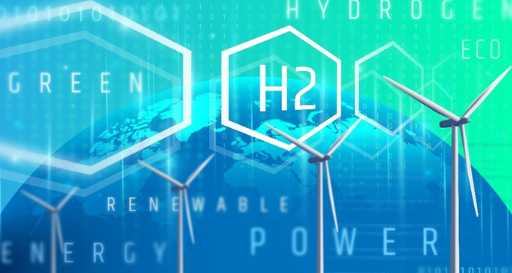
Decarbonization of the planet is one of the objectives that countries around the world have set themselves for 2050, and to achieve it, green hydrogen is one of the keys.
How is green hydrogen obtained? Hydrogen is obtained by electrolysis from renewable sources, which consists of the decomposition of water molecules (H2O) into oxygen (O2) and hydrogen (H2O). This is the most abundant chemical element in nature. Since 1975, as the IEA points out, its global demand has tripled. It is a clean energy source that emits only water vapor and leaves no residues in the air, unlike coal and oil.
One of the problems with this environmental alternative is that it is still somewhat expensive to produce, although with the fall in the cost of renewable energies (photovoltaic and wind) its interest is becoming increasingly high, and this is where Spain comes into play.
Hydrogen has multiple applications. We can highlight its use in industry as a raw material, in sustainable mobility, in the residential sector for hydrogen-based heating systems and in the energy sector as a storage facility.
Today, hydrogen is emerging as one of the strongest candidates to help decarbonize sectors that are difficult to electrify and bring us one step closer to carbon neutrality. So… How does green hydrogen help to decarbonize the economy?
Both governments and industry have recognized hydrogen as an important pillar of a net-zero economy. In fact, hydrogen was highlighted in a series of emission reduction commitments at COP26 (United Nations Climate Conference).
Transport, for example, is one of the biggest CO2 emitters, accounting for one third of CO2 emissions within the European Union. In this case, green hydrogen is key as it can be the ideal alternative fuel.
To learn more about green hydrogen, from Univergy Solar we would like to invite you to the Free Webinar “Rías de Hidrógeno” of ATA Insights, which will take place on Tuesday June 21 in Online format.






